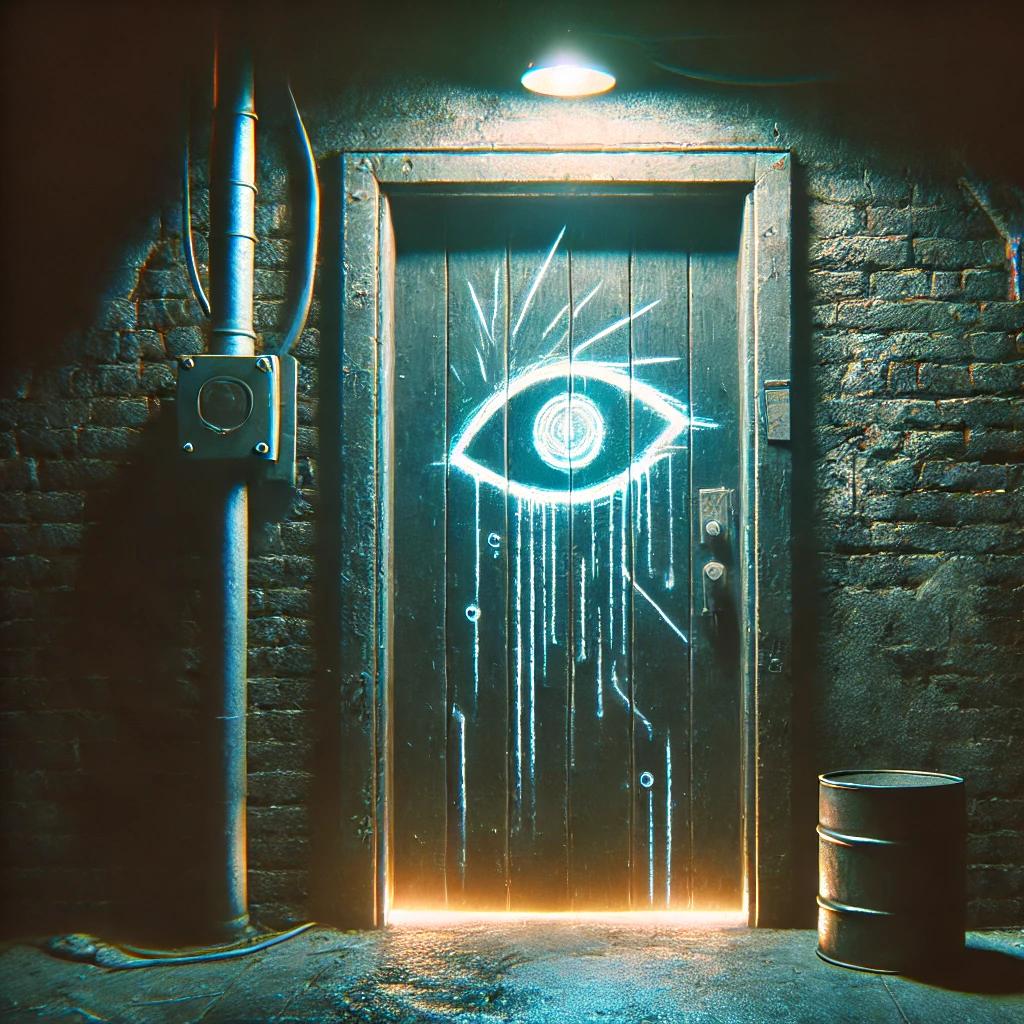Doors & Whores: The Thresholds of Lust, Secrecy, and the Oldest Game in Town
There are doors you pass every day, doors that lead to offices, cafés, and apartments—but then there are those doors, the ones that exist in whispers, hidden in plain sight or tucked away in the backstreets of every city on Earth. Doors for whores, the passageways to pleasure, to sin, to secrecy. Some are grand and gilded, opening into velvet-draped parlors where champagne flows and the scent of perfume lingers in the air. Others are chipped, stained, and weathered, with just enough life left in them to swing open for another customer, another dollar, another night of business.
For as long as there have been men willing to pay and women willing to play, there have been doors standing between the public and the private, between those who walk the straight path and those who step willingly into the underbelly of desire.
The Doors of Babylon, Paris, and Vegas: Where History and Flesh Intertwine
Prostitution is as old as civilization itself, and so are its doors. In the ancient city of Babylon, doors marked with certain symbols meant that the women inside were sacred prostitutes, serving both gods and mortals alike. In the brothels of 19th-century Paris, thick, lavish doors shielded the secrets of high society—politicians, poets, and playboys slipping inside to indulge in forbidden pleasures.
Fast forward to Las Vegas in the 20th century, and the game remained the same, but the doors changed. Here, they weren’t in the alleyways—they were disguised within hotels, behind VIP lounges, inside mansions where billionaires and Hollywood stars got their fix. In Sin City, every high roller knows which door to knock on, which concierge to slip a few hundred bucks to, which penthouse suite holds more than just expensive drinks.
Neon Lights and Knock Codes: The Modern Whore’s Door
In today’s world, these doors haven’t disappeared; they’ve only adapted. In places like Amsterdam, they are literal glass doors, glowing red, letting the buyer see exactly what they’re paying for. In Bangkok, neon-lit massage parlors disguise the trade, their doors swinging open to welcome another eager customer.
But in cities where the trade is less legal, the doors are more elusive. A side entrance in a strip club, a coded knock at a high-end escort’s apartment, a password whispered in the back of a nightclub—these are the doors that don’t exist unless you know.
And then there are the doors of desperation—the motel rooms rented by the hour, the rusted back entrances of dingy alleyway brothels, the cracked doors of sketchy setups run by men who take more than their cut. Not all doors lead to luxury. Some lead to danger, to entrapment, to lives traded like commodities.
Some Doors Stay Shut, Some Are Always Open
For some, the door is a sanctuary—a place to work, to earn, to maintain control in a world where desire is currency. For others, it is a prison, a point of no return where every knock could be the wrong one. But the door itself? It doesn’t care. It has no morals, no judgments, no bias.
It just swings open, takes the money, and closes behind you.
And somewhere, in every city, down every street where men still hunger and women still provide, there will always be a buyer, a seller, and a door standing between them.

